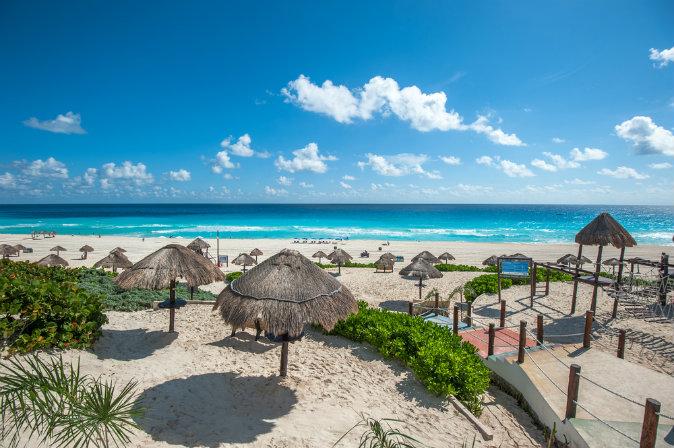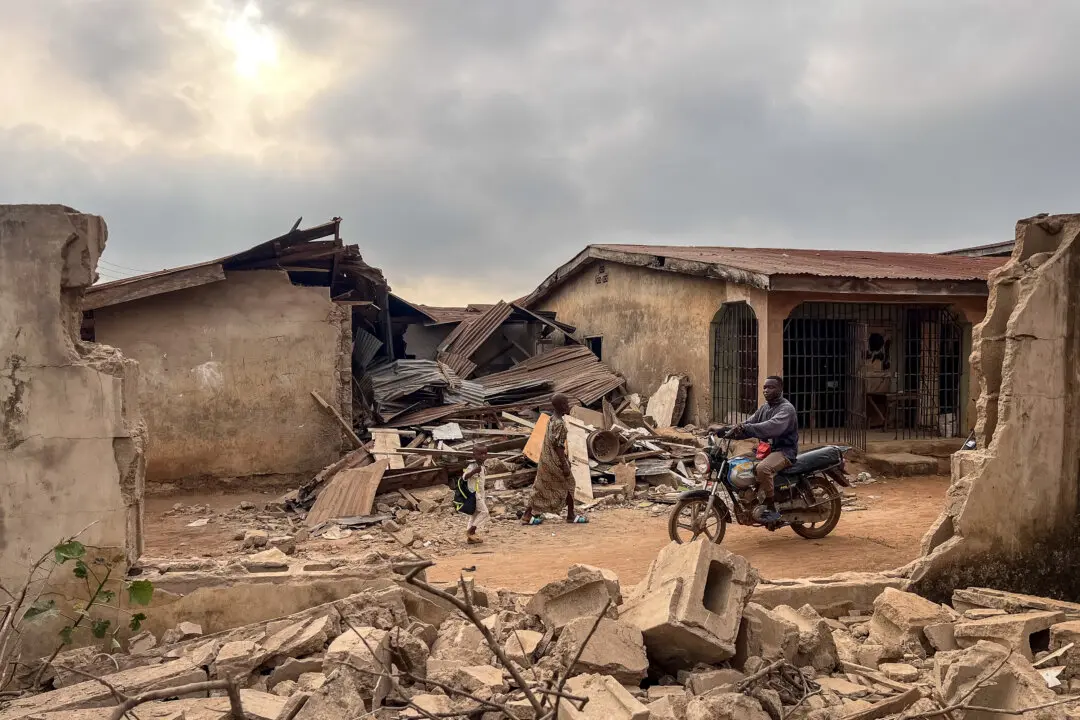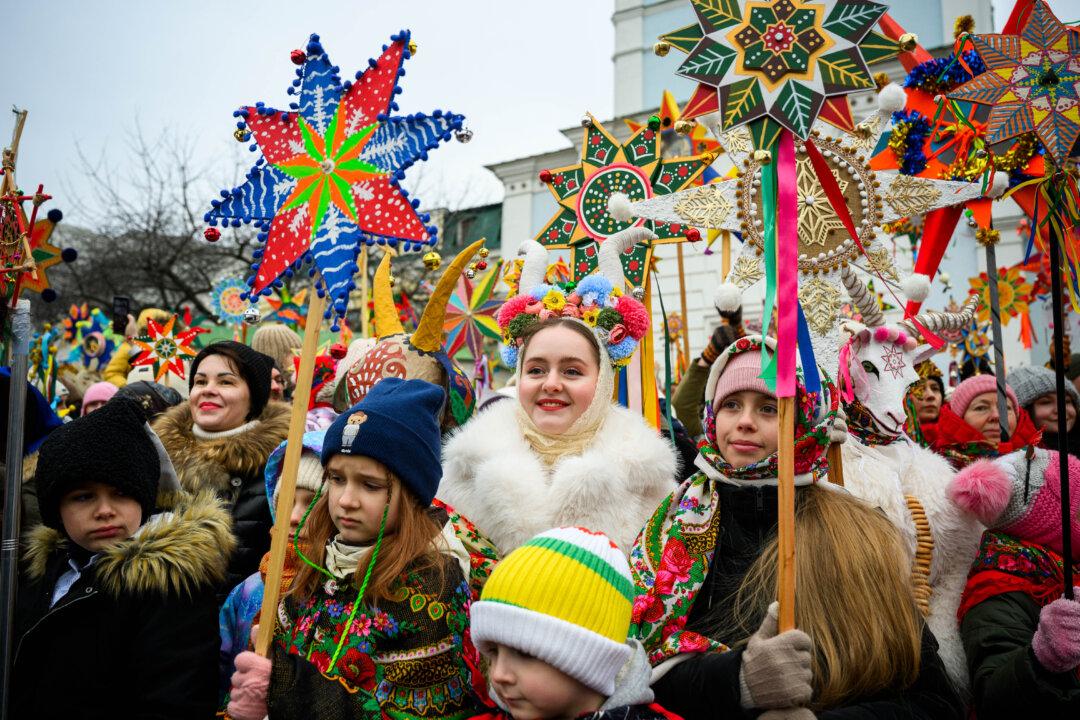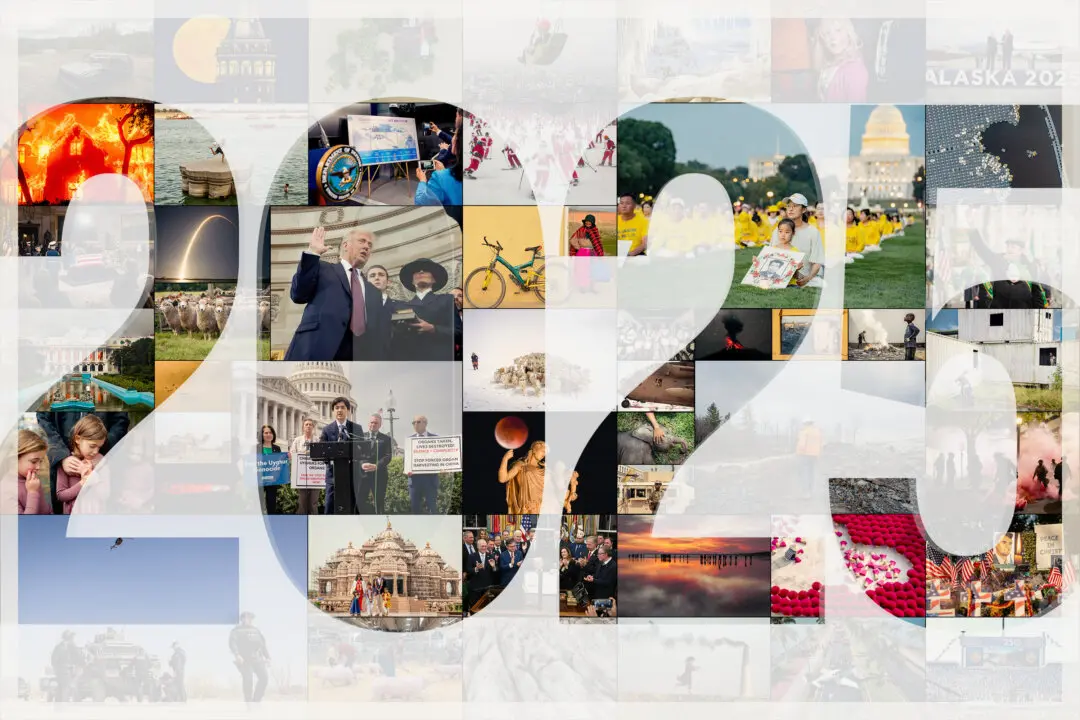Shots fired between rival drug cartels near the Azul Beach Resort Riviera Cancun and Hyatt Ziva Riviera Cancun in the Mexican resort town of Puerto Morelos left guests shaken and administrative officials scrambling to do damage control in the state of Quintana Roo.
The Nov. 4 incident further damaged the image of a state already affected by another drug-related shooting that killed two tourists and injured three in Tulum on Oct. 21.





